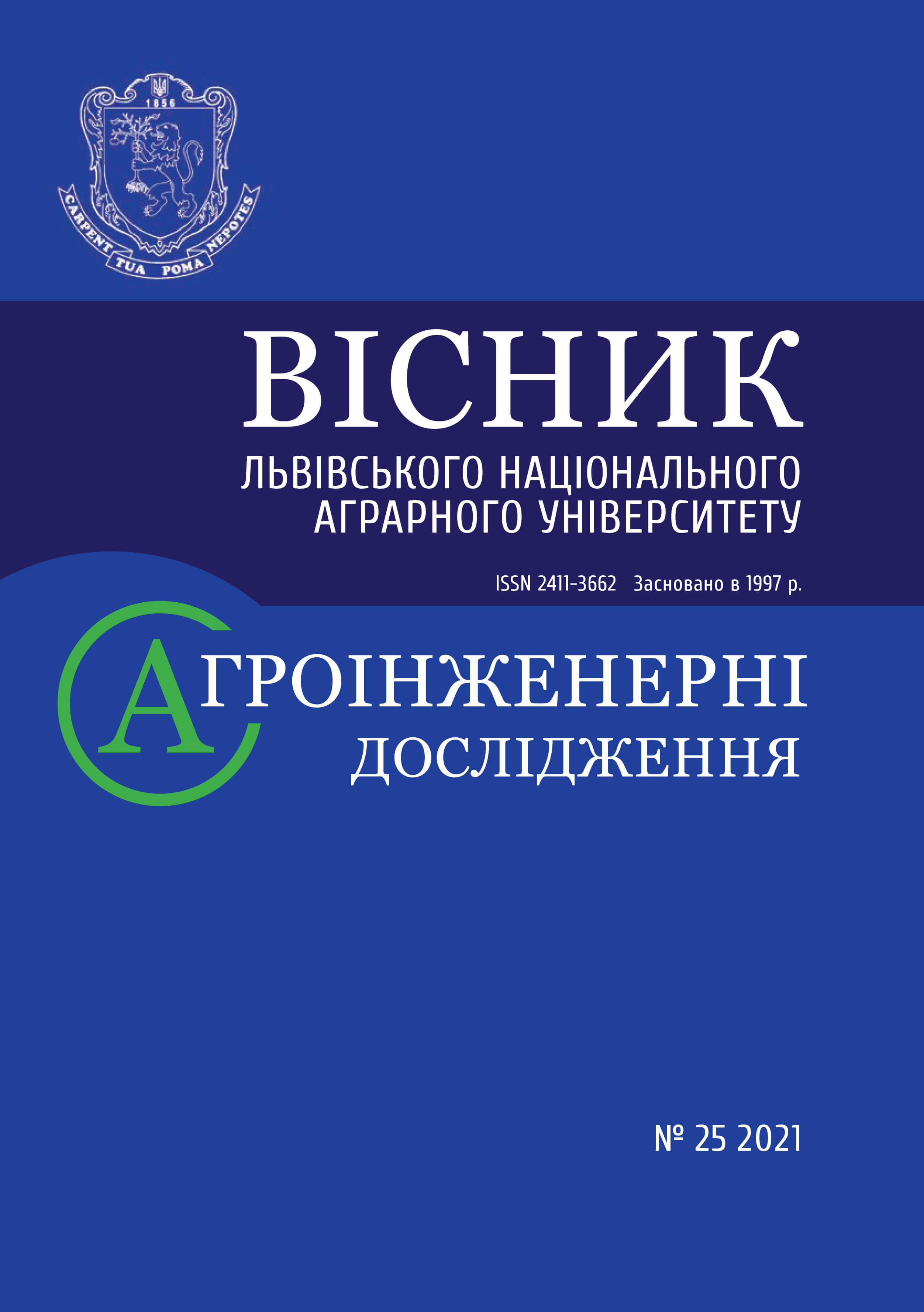Manufacturing technology and mathematical models of high-pressure units
DOI:
https://doi.org/10.31734/agroengineering2021.25.143Keywords:
high-pressure apparatus, multilayer structures, cylindrical shells, mass transfer, Lamés formulaAbstract
High-pressure equipment is widely used in the field of agricultural processing, food production, in various industries. The perfection of their design depends on the device reliability, safety of service personnel, productivity and ultimately the cost of production. A feature of the device design is that their calculation is governed by numerous regulatory documents – state and industry standards, norms etc.
As a result of modeling and calculation, the high-pressure devices in the form of the cylinder in one-, two- and three-layer execution are analyzed, equivalent stresses and tensions are defined. The weight ratios are determined. The devices in three-layer design are strong and the least metal-intensive, which significantly reduces weight.
The result of the presented work is to make conclusion that it is more expedient to design a high-pressure apparatus based on a multilayer structure. The use of the presented theoretical calculations makes it possible to fulfill all the requirements imposed by the current regulatory documents, to reduce the metal consumption of equipment, to increase the reliability of its operation and reduce the cost, and, finally, to improve the product quality. The basis of calculations is made by the correct choice and compilation of calculation schemes, processing of different types of structures and algorithms. The main methods of calculating high-pressure apparatus include the use of general equation of mass transfer using the Lamé formula and the determination of equivalent stresses in the elements of a high-pressure apparatus.
A further application of theoretical calculations at the design stage will allow developers to find the optimal geometric shapes and sizes of structural units, based on the loads actually acting during the installation operation, which is not always possible using analytical dependencies.
References
Bazhanov, V. L. (1970). Plastinki i obolochki iz stekloplastikov. Moskva: Mashinostroenie [in Russian].
Birger, I. A., & Panovko, Y. G. (1968). Prochnost. Ustojchivost. Kolebaniya. (Vol. 2). Moskva: Mashinostroenie. [in Russian].
Fedіrko, P. P., Devіn, V. V., & Tkachuk, V. S. (2017). Modeliuvannia і rozrakhunok reaktora vysokoho tysku v prohramnomu kompleksі PASSAT. Podіlskyi vіsnyk: sіlske hospodarstvo, tekhnіka, ekonomіka, 6, 72–78 [in Uk¬rainian].
GOST R52630-2012. Sosudyi i apparatyi stalnye svarnye. Obshchie tekhnicheskie usloviya. Moskow: Standartynform, 2013. Retrieved from https://pdfcoffee.com/gost-r-52630-2012pdf-pdf-free.html [in Russian].
Ivanchenko, V. V., Hienkina, I. M., Taranenko, H. V., & Shtonda, Y. M. (2010). Konstruiuvannia i rozrakhunok posudyn ta aparativ vysokoho tysku. Luhansk: Vyd-vo Skhidnoukr. nats. un-tu im. V. Dalia [in Ukrainian].
Khismatullin, E. R., Korolev, E. M., & Lifshits, V. I. (1990). Sosudy i truboprovody vysokogo davleniya. Moskva: Mashinostroenie [in Russian].
NPAOP 0.00-1.59-87. (1998). Pravyla budovy ta bezpechnoi ekspluatacii posudyn, shcho praciuiut pid tyskom. Kyiv: Derzhnahliadohoronpracic [in Ukrainian].
Ponomarev, S. D. (1988). Raschety na prochnost v mashinostroenii. (Vol. 2). Moskva: Mashinostroenie [in Russian].
Timoshenko, S. P., & Voinorovskii-Krigar, S. I. (1986). Plastiny i obolochki. Moskva: Mashinostroenie [in Russian].
Voloknistye i dispersno-uprochnennye konstrukcionnye materialy. (1976). Moskva: Mashinostroenie. (in Russian).


